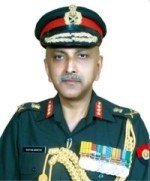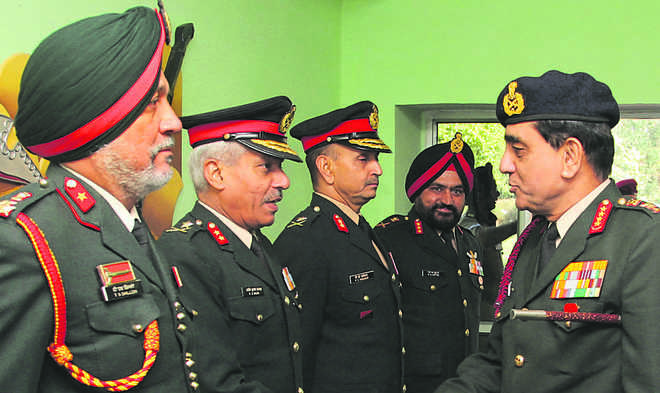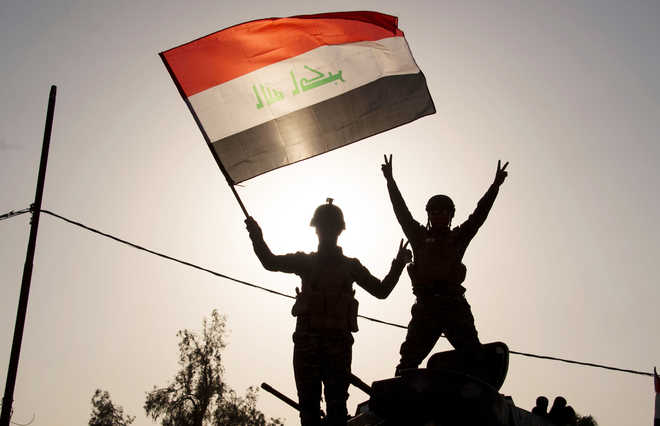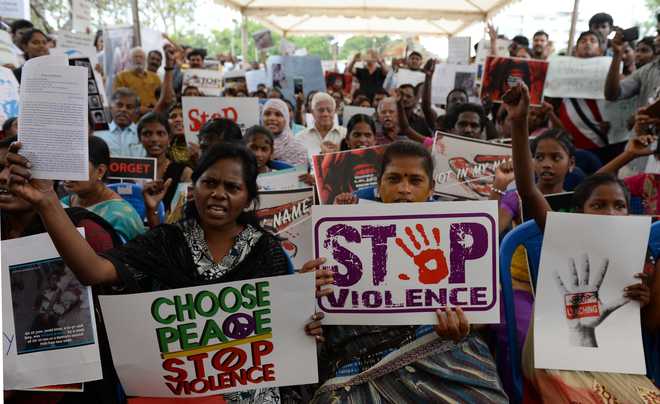
The BJP under Narendra Modi-Amit Shah is making fresh political conquests by the day but is leaving behind the odious residue of discord, conflict and impunity. The latest to raise the flag is a group of over 100 retired officers from all the three services who have penned a collective letter to the Prime Minister protesting the relentless vigilantism that is sweeping parts of the country. This is not the first time that superannuated officers, with no ostensible axe to grind, have cautioned the Modi government about the social discord unleashed in towns and villages of the country. Last month 65 retired bureaucrats of all India and Central services, who were at pains to point out that they had no political affiliation, had expressed their deep disquiet over the erosion of the credo of impartiality, neutrality and commitment to the Indian Constitution.What makes the latest missive different is that all of its backers are retired officers from the three services, the constituency completely claimed by the ruling dispensation. These former officers also say the compelling reason for penning the note of protest is the current climate of divisiveness behind which is the cultivated buildup of climate of hate and distrust. Like their retired civilian colleagues, these officers have also done some plain speaking on the browbeating of the media and the targeting of Dalits and Muslims.Success is a major disincentive for changing course, especially in a hard-fought profession like politics. The Prime Minister referred to communalism in his latest broadcast to the nation but it was water off the duck’s back for the Hindutva vigilante crowd. The formula worked brilliantly in UP and Assam and reaped a decent harvest in Bihar that subsequently came in handy. This approach is overlaid with the sauce of hyper-nationalism in which it is proclaimed that the armed forces are co-opted partners as they chip away at the Constitution’s liberal and secular values. Now it is that very section which says it can no longer look away in silence while diversity, the glue of cohesion for the nation and the armed forces, is under attack.
Barbs to-fro on lynching in LS
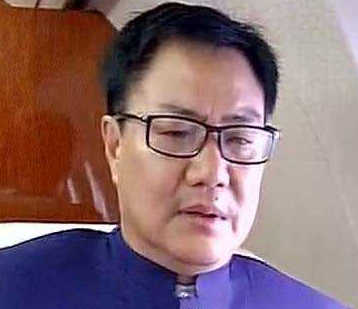
Kiren Rijiju. File photo
Ravi S Singh
Tribune News Service
New Delhi, July 31
Combative Treasury and Opposition benches today exchanged barbs in the Lok Sabha during a discussion on “atrocities and lynching in mob violence”, with Minister of State for Home Kiren Rijiju saying the Congress suffers from “selective amnesia”.He cautioned that BJP’s popularity would grow with attacks on the government.(Congress and other Opposition members staged a walkout when Rijiju took the floor to reply to the six-hour debate. The Treasury benches periodically stepped in to defend PM Narendra Modi.Rijiju said the Congress was indulging in double standards. On the allegation of government inaction, he said Modi had already made public condemnation of the incidents and urged CMs to deal firmly with culprits.“The Centre has also issued an advisory to states to take action and its role is limited. Law and order is a state subject. The states must take strict action,” he said.Responding to concerns raised by Leader of the Congress in Lok Sabha Mallikarjun Kharge that the incidents had sullied India’s image abroad, Rijiju said the atrocities were part of the continuing trend of several years.“You try to avoid discussions on incidents that happen in states ruled by you,” he said, and questioned CPM cadres’ fatal attacks on RSS and BJP workers in Kerala.“The Opposition is bereft of issues. It raised issues like intolerance and attack on churches, which on investigation were found to be bogus. This was to defile Modi’s image,” he added.Union Minister Ram Vilas Paswan reminded the Opposition of the anti-Sikh riots.The tone of the Opposition’s belligerence was set by Kharge, who said the Centre was giving tacit support to the perpetrators of the crime. “The VHP, Bajrang Dal and local cow protection samitis are behind cow vigilantism.”
























































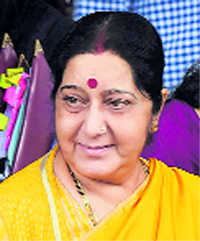


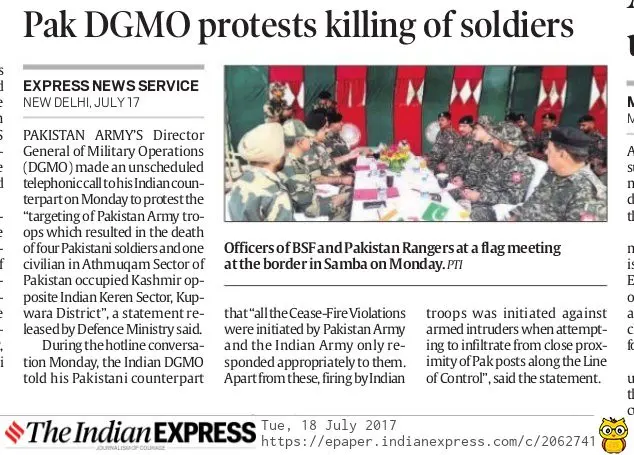
 HT
HT
